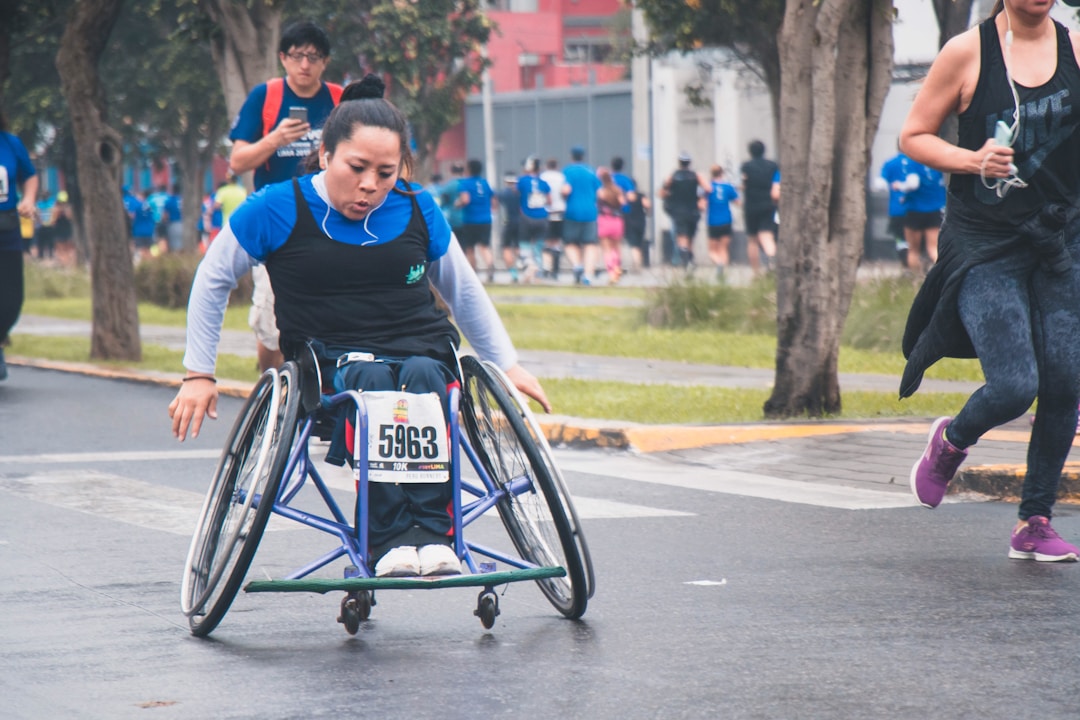Robotic exoskeleton suits are robotic units that a person can wear. The exoskeleton, also known as a wearable robot, supports the wearer and enables them to perform physical functions that exceed their standard capabilities.
Exoskeletons play a crucial role in treating millions of people with several health issues, including spinal cord injuries (SCI), traumatic brain injuries (TBI), and physical disabilities. Although exoskeleton suits efficiently address mobility issues, effective therapy plans incorporate supplemental treatment strategies to maximize the benefits these robotic suits offer.
How does an exoskeleton suit work?
The exoskeleton suit is placed over the patient’s clothes and secured. Powered exoskeletons use electricity. Their sensors and controls work together to allow the wearer to operate the exoskeleton. The wearable robot receives and interprets data from sensors and executes appropriate functions in response to that data. Patients may be treated with full-body wearable robots or upper body exoskeletons. Wearers receive physical support from the robotic suits, which enables them to move their limbs. The suits reduce pressure on the wearer’s back, providing pain relief while receiving treatment.
People who have mobility issues can suffer from chronic pain and muscle atrophy. When an individual’s muscles waste away, they may experience fatigue, balance issues, and weakness. Ultimately, muscle wasting can cause memory loss. Exoskeleton suits enable people with limited mobility, and some people who use wheelchairs, to stand and move their legs. Upper body suits can be used to increase arm strength and range of motion. Patients can exercise and increase the scope of the activities they can perform, which allows them to retain their muscles.
How can healthcare professionals maximize the effectiveness of exoskeletons?

Physical therapists work with patients who have mobility and balance issues. They develop treatment plans designed to help their patients reduce their pain, increase their range of motion, and improve their coordination. Physical therapy focuses on gross motor skills, such as lifting objects, standing, and walking. The suits provide the support needed to safely move limbs with proper posture, which can prevent patients from exacerbating injuries or experiencing pain. Physical therapists can maximize exoskeleton treatment effectiveness by combining it with other forms of treatment, such as virtual reality (VR) therapy. Patients wear VR headsets, which motivate them to perform a range of activities related to the VR display. VR can motivate patients to exercise or play games, extending the length of time that they’re active.
Occupational therapists develop treatment plans to help their patients expand and improve their ability to perform everyday functions, such as tying their shoes or printing their names. These healthcare experts use wearable robots that stabilize the patients’ limbs during treatment. Exoskeletons enable occupational therapists to increase the types of activities they can use as part of their treatment plans.
How can patients maximize the benefits of exoskeleton treatments?

A healthy diet can supplement exercise to prevent muscle wasting. Invest in a water delivery service to ensure your drinking water is safe and toxin-free.
Cannabidiol (CBD) products are made from extracts from hemp plants. Although CBD has small amounts of tetrahydrocannabinol (THC), it will not make you high. CBD oil, topical CBD, capsules, and gummies can be used when you’re affected by aches or an overactive mind. Adding CBD to your at-home relaxation routine can supplement your exoskeleton treatments by reducing discomfort. Always consult your doctor before using a new substance or supplement.
Who benefits from using wearable robots?

Each year, over 17,800 people in the United States receive SCIs, adding to the estimated 294,000 Americans who live with SCIs. SCIs can cause a wide range of symptoms, including muscle weakness, nerve damage, chronic pain, paralysis, difficulty breathing, fatigue, and muscle spasms. Some people with an SCI may have limited mobility or be confined to a wheelchair.
People with disabilities, such as spina bifida and cerebral palsy, and patients with multiple sclerosis and Parkinson’s disease, may be affected by mobility issues. There are 54 million Americans with disabilities, and another 18 million people in the U.S. and Canada are affected by limited mobility.
Approximately 1.5 million people in the U.S. suffer TBIs each year, leaving more than half of those patients with long-term disabilities.
Exoskeleton suits enable people with mobility issues and disabilities to perform routine functions. The suits provide physical support that reduces the risk of injury or pain during treatment. Exoskeleton therapy benefits can be expanded when robotic suits are combined with other forms of therapy, such as VR therapy and nutritional therapy.



